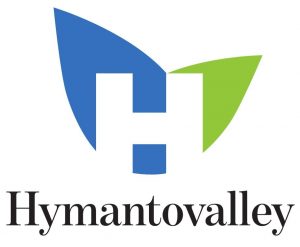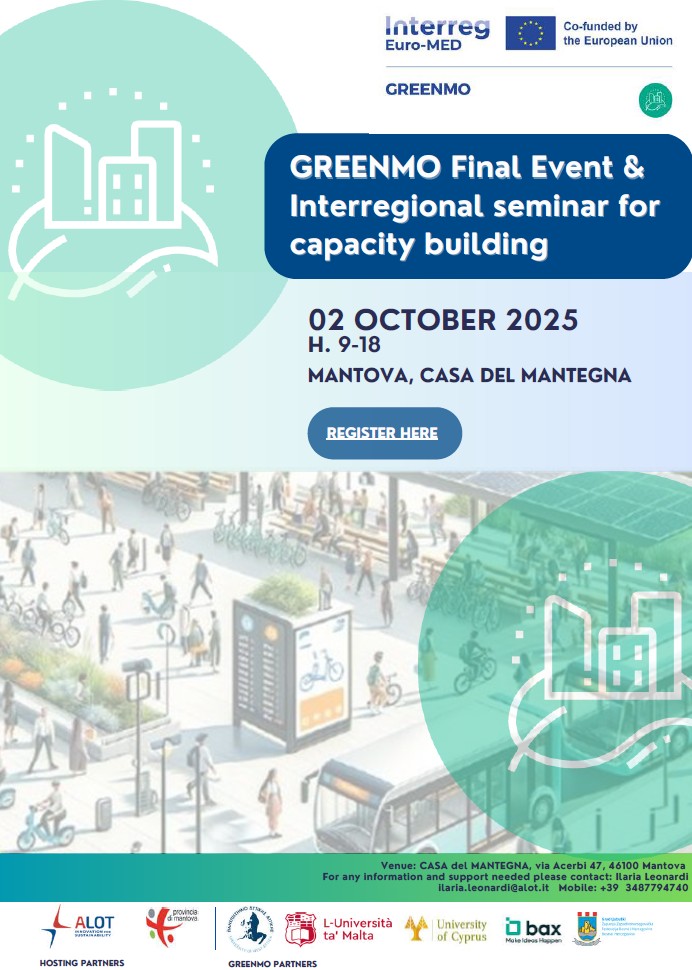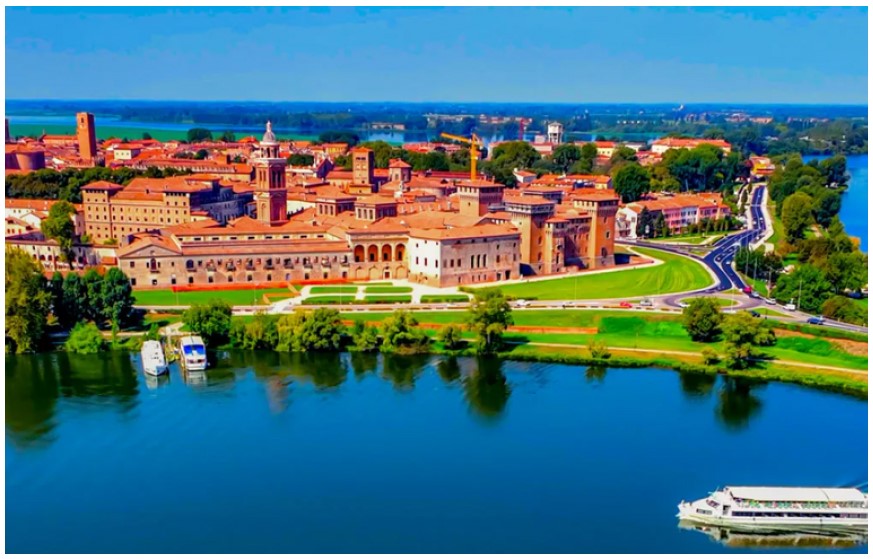Introduction to the Project
The European project HyMantoValley officially commenced on September 1, 2023, with a duration of 3 years and involves 16 partners from 4 European nations: Italy, the most represented, Austria, Belgium, and the Netherlands. Participating in the project, alongside public entities, are private entities specialized in energy production and storage, logistics companies, universities, and research centers among the most significant at both Italian and international levels.
HyMantoValley is part of a broader program that envisions the establishment of an entire hydrogen valley in the province of Mantova, among the first in Europe, with a total expected investment of approximately €75 million.
Hydrogen is a strategic energy carrier to ensure the energy transition towards a sustainable economy, as it can be produced using entirely renewable sources and avoid the emission of climate-altering gases at the time of its use in various contexts, from heavy industry to long-distance transportation.
Hymantovalley involves investments of around €9 million and is co-financed at 70% by the European Union through the I3 Interregional Innovation Investments Program – Investments for interregional innovation, managed by EISMEA – the Executive Agency of the European Council for Innovation and Small and Medium-sized Enterprises. The project is structured into 8 work packages, 13 milestones, and 46 deliverables.
The project’s purpose is to develop aspects of the Hydrogen Valley in Mantova, optimizing the production and storage of renewable electrical energy, the conversion into green hydrogen, its distribution, storage, and the multiple virtuous uses that the Valdaro logistics hub can offer for freight transport, such as direct use to power trains, river vessels, or heavy road vehicles. The study of dedicated business models, potential new users, and the replicability of the model in other European contexts, as well as the creation of a hydrogen research hub, complete the project activities.
The project focuses on three pillars:
- The development of the green hydrogen production and distribution chain, starting from renewable electrical energy production.
- The establishment of a network for the use and shipment of green hydrogen, consisting of ships, trains, heavy road vehicles, and companies in the hard-to-abate sector.
- The promotion of scientific and academic research through the establishment of a real technological hub.





